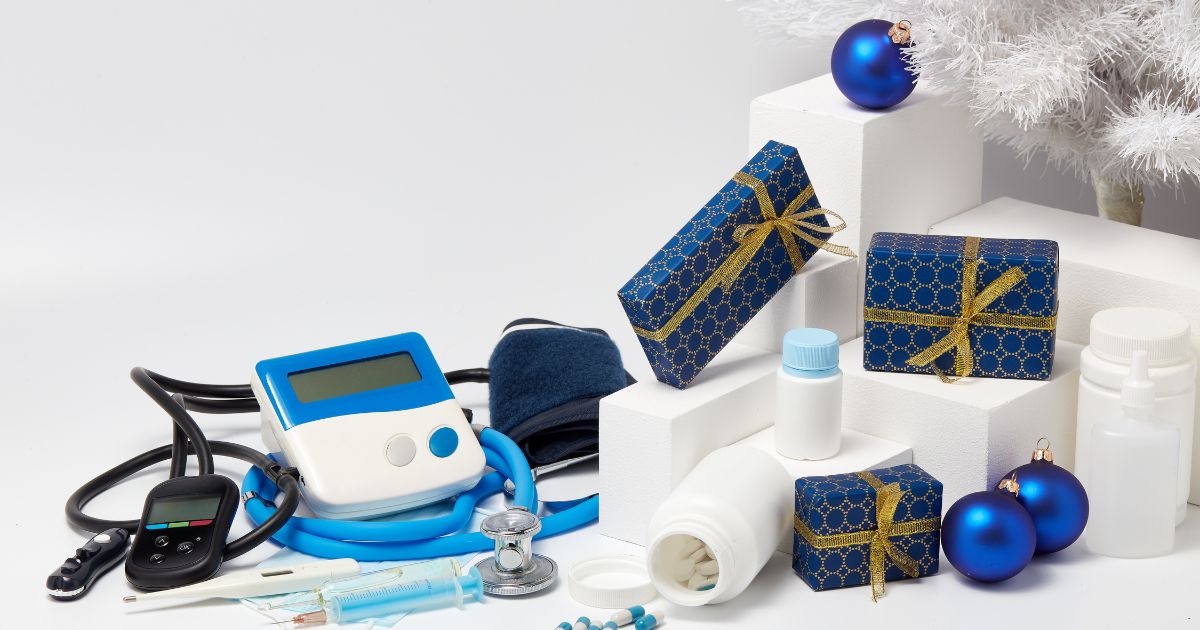The 10 best plantar fasciitis medical devices

In the dynamic landscape of healthcare, plantar fasciitis medical devices are indispensable tools that aid in diagnosing, treating, and monitoring various medical conditions. These tools are the backbone of modern medical practice, from simple handheld devices to complex machinery. This comprehensive guide will delve into the importance of medical devices in healthcare facilities, discuss the criteria for selecting the right devices, and explore the top 10 essential medical devices that every healthcare facility should have. Additionally, we will examine the benefits of these devices and the challenges in obtaining and maintaining them and provide insights to overcome these challenges.
Importance of Medical Devices in Healthcare Facilities
Medical devices are pivotal in healthcare facilities, enabling healthcare professionals to provide timely and accurate patient care. These devices assist in diagnosing ailments, monitoring vital signs, administering treatments, and even performing life-saving procedures. Without medical devices, the ability to deliver effective healthcare would be severely compromised, negatively impacting patient outcomes and overall healthcare quality.
Criteria for Selection of Medical Devices
Selecting suitable medical devices for a healthcare facility is crucial to ensure optimal performance and patient safety. Several factors should be considered during the selection process, including:
- Accuracy: The device must provide precise, reliable measurements or outputs to support clinical decision-making.
- Reliability: It should be durable and dependable, with minimal risk of malfunction or breakdown.
- Ease of Use: Healthcare professionals should be able to operate the device efficiently with minimal training or expertise.
- Compatibility: The device should seamlessly integrate with existing healthcare systems and workflows.
- Regulatory Compliance: It must meet regulatory standards and certifications to ensure safety and effectiveness.
- Cost-effectiveness: The device should offer value for money, considering both initial investment and long-term maintenance costs.
Top 10 Essential Medical Devices
- Defibrillators: These life-saving devices deliver an electric shock to restore normal heart rhythm in patients experiencing cardiac arrest or arrhythmias.
- Ventilators: Critical for patients with respiratory failure, ventilators provide mechanical ventilation to support breathing and oxygenation.
- Ultrasound Machines: These are used for imaging internal organs and tissues. They aid in diagnosing and monitoring various medical conditions.
- Electrocardiogram (ECG) Machines: ECG machines record the heart’s electrical activity, aiding in diagnosing heart conditions.
- Infusion Pumps: These devices deliver fluids, medications, and nutrients directly into the bloodstream at controlled rates.
- Blood Pressure Monitors: Essential for measuring and monitoring blood pressure levels, aiding in the management of hypertension.
- X-ray Machines: Produce images of the body’s internal structures, assisting in diagnosing fractures, tumours, and other abnormalities.
- Surgical Instruments: Necessary for performing various medical procedures, from minor surgeries to complex operations.
- Thermometers: These are used to measure body temperature, aiding in diagnosing and monitoring fevers and infections.
- Blood Glucose Monitors: Patients with diabetes must monitor their blood sugar levels regularly, allowing for timely management of the condition.
Benefits of Having Essential Medical Devices
The presence of essential medical devices in healthcare facilities offers numerous benefits, including:
- Improved Patient Outcomes: Accurate diagnosis and timely intervention enhance patient outcomes and satisfaction.
- Enhanced Efficiency: Medical devices streamline clinical workflows, reducing treatment delays and improving overall efficiency.
- Cost Savings: Early detection and intervention can prevent complications, reducing healthcare costs in the long run.
- Increased Safety: Reliable medical devices minimize the risk of errors and adverse events, enhancing patient safety.
- Advanced Care: Access to state-of-the-art medical technology allows for advanced and specialized care options, improving patient outcomes.
Challenges in Obtaining and Maintaining Medical Devices
Despite their importance, healthcare facilities face several challenges in obtaining and maintaining medical devices, including:
- High Costs: Many medical devices are expensive to purchase and maintain, putting a strain on healthcare budgets.
- Technological Complexity: Some devices require specialized training and expertise to operate and maintain effectively.
- Regulatory Requirements: Compliance with regulatory standards adds to the complexity and cost of managing medical devices.
- Maintenance and Repairs: Regular maintenance and prompt repairs are essential to ensure the reliability and safety of medical devices.
- Upgrades and Replacement: Technology evolves rapidly, necessitating periodic upgrades and replacing outdated equipment.
Conclusion
Essential plantar fasciitis medical devices are the backbone of healthcare facilities, enabling healthcare professionals to deliver high-quality care to patients. By carefully selecting and maintaining these devices, healthcare providers can ensure optimal outcomes and improve the overall healthcare experience for patients.